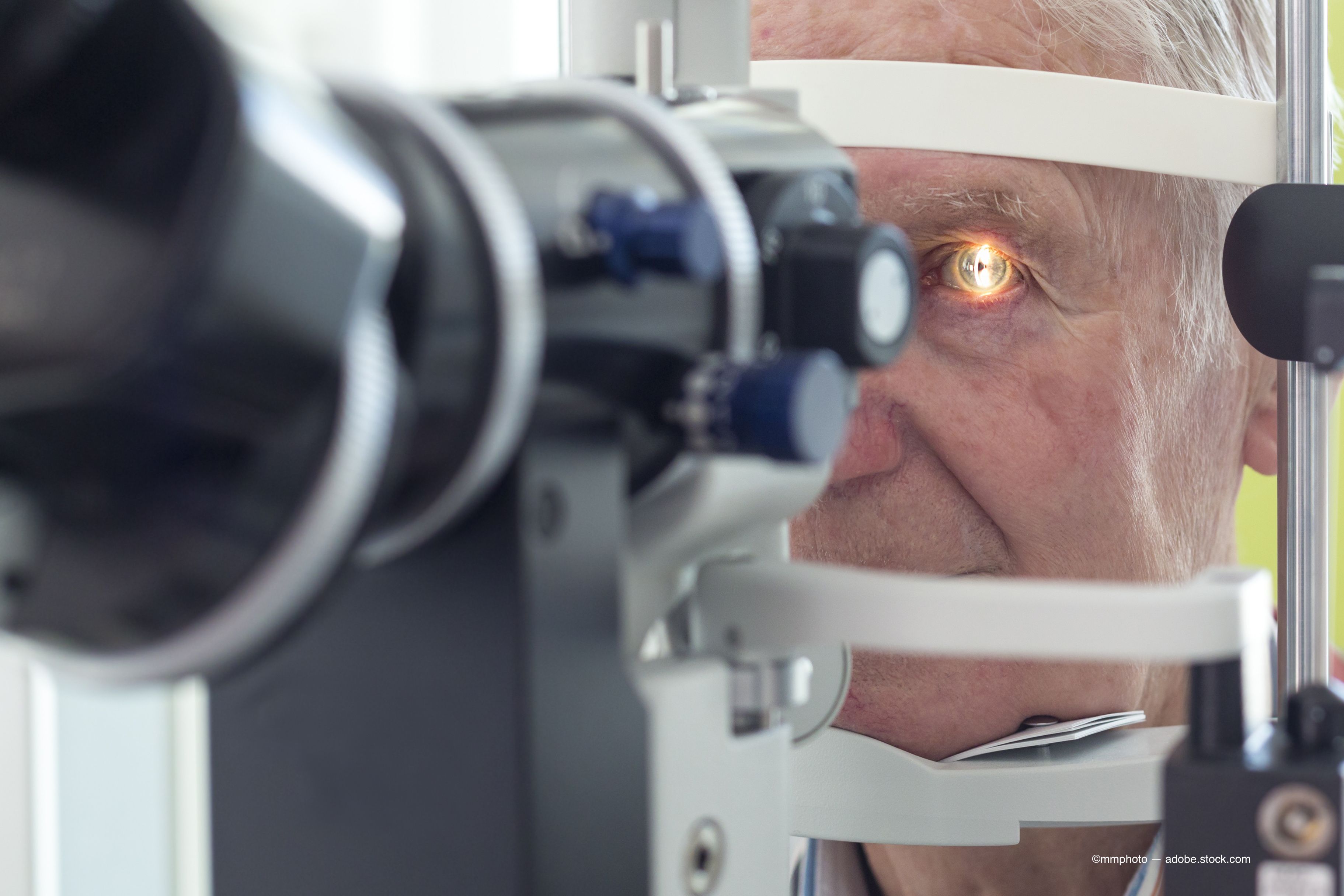News
Article
NIH-led studies signal potential development of a cataract drug
Author(s):
According to a team of researchers at the National Institutes of Health, their findings in animals suggest a surgery-free treatment for cataracts.
(Image credit: Adobe Stock)

Researchers at the National Institutes of Health (NIH) and a team of collaborators have identified a protein, known as RNF114, that reverses cataracts.
The study, published recently in the Journal of Clinical Investigation, was conducted in the 13-lined ground squirrel and rats. Researchers indicated that it could represent a possible surgery-free strategy for managing cataracts, a common cause of vision loss.1
“Scientists have long searched for an alternative to cataract surgery, which is effective, but not without risk. Lack of access to cataract surgery is a barrier to care in some parts of the world, causing untreated cataracts to be a leading cause of blindness worldwide,” Xingchao Shentu, MD, a cataract surgeon and the co-lead investigator from Zhejiang University, China, said.2
This discovery by the research team was a part of ongoing research at NIH’s National Eye Institute (NEI) involving a mammalian hibernator, the 13-lined ground squirrel. In the ground squirrels, light-sensitive photoreceptor cells in the retina are comprised of primarily cones, which makes the animal a perfect model for studying cone-related properties, such as color vision. Moreover, the researchers noted the squirrel’s ability to withstand months of cold and metabolic stress during hibernation make it a good option for vision scientists to us to research a range of eye diseases.
During the work, the researchers found that as the animal hibernated, the ground squirrel’s lenses became cloudy at around 4 degrees Celsius but quickly turned transparent after rewarming. However, animals that don’t hibernate (rats in this study) developed cataracts at low temperatures, but they did not resolve with rewarming.
It is understood that cataract formation in hibernating animals exposed to low temperatures could be the result of a cellular response to cold stress and is one of myriad changes that their bodies undergo as their tissues adapt to freezing temperatures and metabolic stress. Humans do not develop cataracts when exposed to low temperatures.1
“Understanding the molecular drivers of this reversible cataract phenomenon might point us in a direction toward a potential treatment strategy,” said the study’s co-lead investigator, Wei Li, PhD, senior investigator in the NEI Retinal Neurophysiology Section.
The lens focuses focus light onto the retina. As people age, cataracts form when the proteins in the lens start to misfold and form clusters that block, scatter, and distort light as it passes through the lens. For reasons that are not clear to investigators, aging can disrupt protein homeostasis—a process that maintains the balance of newly made proteins and the turnover of old proteins.1
The researchers set out to examine the ground squirrel’s reversible cataracts at the molecular level by developing a lab-based, lens-in-a-dish model using stem cells engineered from ground squirrel cells by the Li Lab at NEI. Using the platform, the team focused in on a part of a network that maintains protein homeostasis in part by breaking down old proteins, known as the ubiquitin proteasome system.
The researchers found that RNF114 was significantly elevated during rewarming in the ground squirrel, compared with the non-hibernating rat. RNF114 had previously been shown to help identify old proteins and facilitate their degradation.2
To further examine RNF114’s effect, the researchers again used a non-hibernator (rat) cataract model by incubating its lenses at 4 degrees Celsius. Normally, such cataracts would not resolve with rewarming. However, when the lenses were pretreated with RNF114, there was a rapid clearing of the cataract upon rewarming.1
According to the scientific team, the results of their work demonstrate that it is possible to induce cataract clearance in animals. In additional studies, the process will have to be refined so scientists can stimulate specific protein degradation to see how to precisely regulate protein stability and turnover. This mechanism is also an important factor in many neurodegenerative diseases, they said.
“These data provide new insights into the critical role of the UPS in maintaining proteostasis in cold and possibly other forms of stresses,” they concluded in the study. “The newly identified E3 ubiquitin ligase RNF114, related to CRYAA, offers a promising avenue for treating cataracts with protein aggregates.”
The work was supported by the NEI Intramural Research Program and was conducted in collaboration with researchers at Zhejiang University, Hangzhou, China.2
References
Yang H, Ping X, Zhou J, Ailifeire H, Wu J, Nicolas-Nada F, Miyagishima KJ, Bao J, Huang Y, Cui Y, Xing X, Wang S, Yao K, Li W, Shentu X. “Reversible cold-induced lens opacity in a hibernator reveals a molecular target for treating cataracts”. Published online Sept. 17, 2024 in JCI. doi: 10.1172/JCI169666
NIH-led studies point to potential development of a cataract drug. EurekAlert! Published September 18, 2024. Accessed September 19, 2024. https://www.eurekalert.org/news-releases/1058456
Newsletter
Don’t miss out—get Ophthalmology Times updates on the latest clinical advancements and expert interviews, straight to your inbox.





